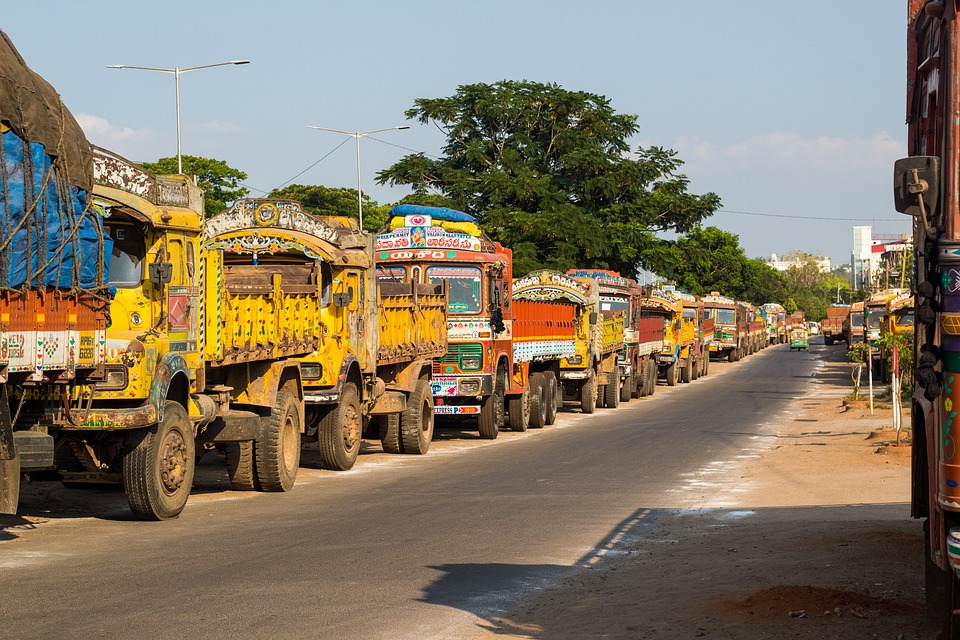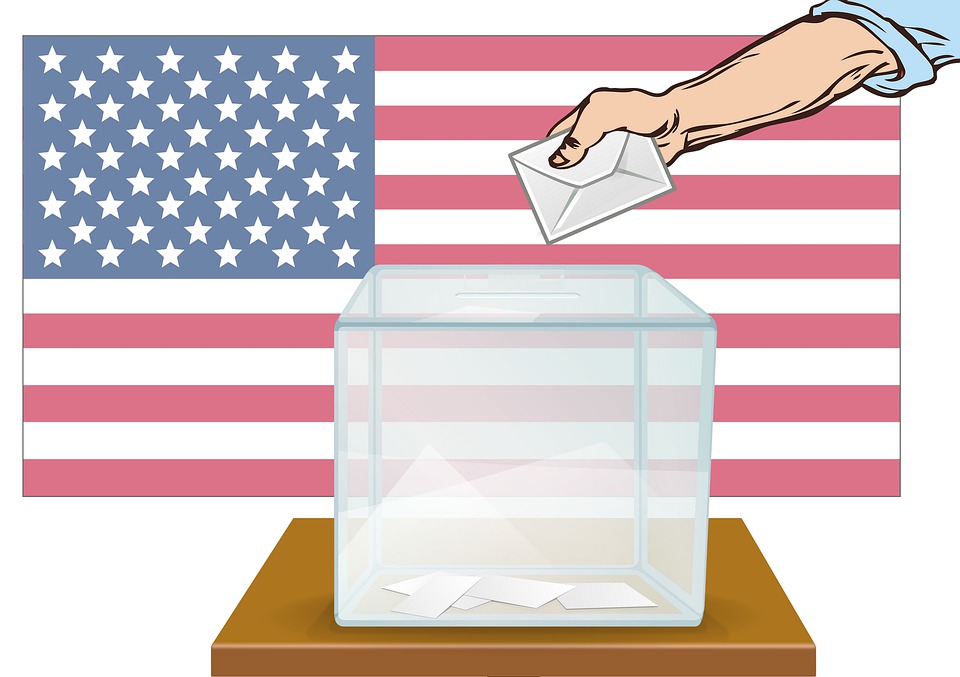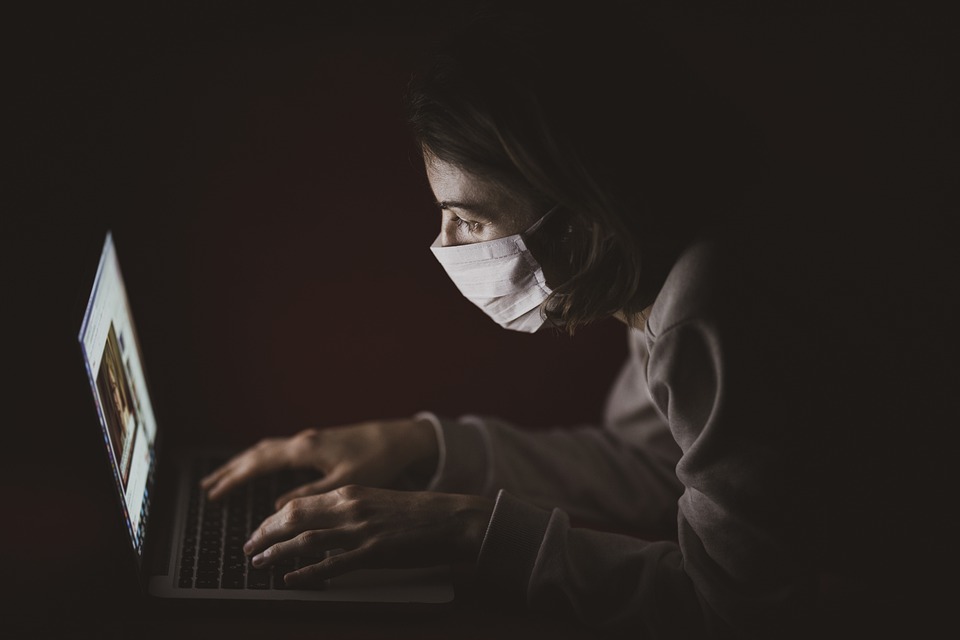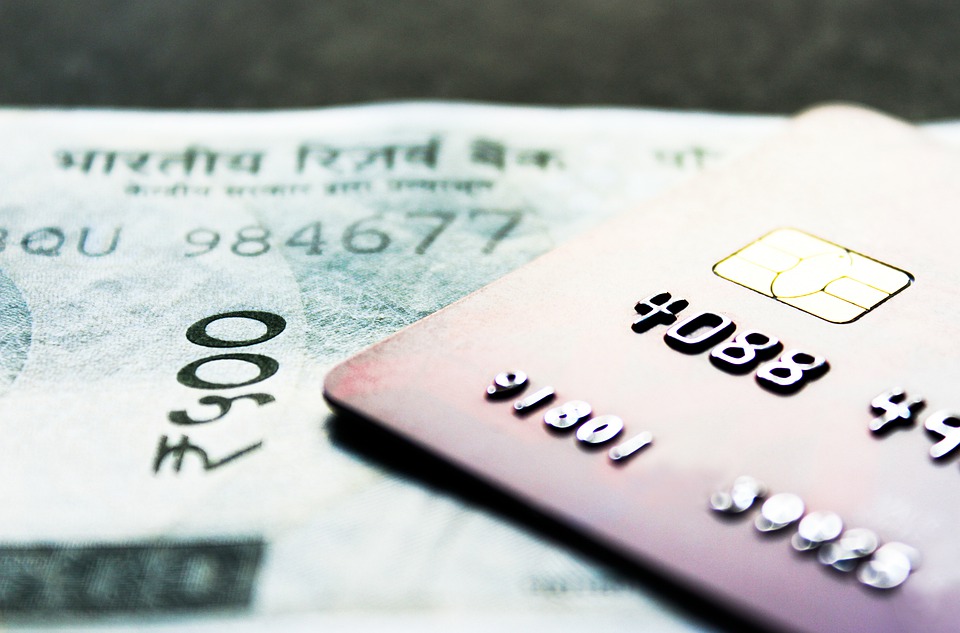The passage of Insolvency and Bankruptcy Code 2016 has chiefly been discussed over its provisions that fast-track the process of corporate insolvencies. The National Company Law Tribunal (NCLT) is to have exclusive jurisdiction over these insolvency proceedings, and with such a targeted and structured modus oper andi liquidation of assets is set to become faster, proving beneficial for the lending entity as well as other stakeholders.
Also read: Can the new Insolvency and Bankruptcy Code prevent Vijay Mallya like cases in future?
Is the process of individual bankruptcy this simple too?
The new code gives powers to Debt Recovery Tribunals (DRTs) to look into matters related to individual bankruptcy and for those pertaining to partnership firms. The exact process, however, is still not well-defined, and it has been learned from sources that the Insolvency and Bankruptcy Board of India, along with the Ministry of Corporate Affairs, has now begun the tedious task of laying down rules for resolution of individual bankruptcies.
Many reasons, quite often unavoidable financial hardships, can compel an individual to default on debt repayments. Individuals working in the private sector, especially with startups and IT companies, may find themselves trapped in debt obligations owing to loss of job and this is not at all an uncommon scenario today. Then are reasons ranging from health problems to pay cuts or even avoidable situations like disproportionate spending and purchasing goods and services that are beyond one’s means on credit.
Also read: Do You Need A Job Insurance Policy?
Until now, the recovery of debt from individuals was mired with controversies. Debt recovery meant not only loss of prestige but also mental torture for an already-ailing and cash-strapped individual. Only a few cases l anded up with district courts that had the m andate to adjudicate individual bankruptcy matters as per laws laid down at least a century ago.
But now, amidst hope that process of filing and resolving an individual bankruptcy will soon be detailed, individuals facing hard times with adhering to their debt repayments have at least something to cheer for. The threat of being humiliated in full public view will be a thing of the past, as also lending institutions’ concerns over delays in the conclusion of cases.
This will also mean that repayment of debt can now be restructured in a similar fashion as it works for corporates. One-time settlements will not be forced upon the defaulter, and he can opt for an easier way to repay. Along with, one with no capacity to honour the repayment will be relieved of the pressure through writing off of the loan amount in bank’s books; however the same would appear in the credit history of that individual.
Much is set to change with the Board’s finalization of the process of individual bankruptcy, but the government must also take into account the paltry number of DRTs in the country so that the infrastructure is made strong enough to make bankruptcy time-bound and inexpensive. Additionally, the government needs to put together the credit counseling agencies which further ease the process of debt recovery for individuals and creditors. In the United States, individuals filing Chapter 13 bankruptcy are required to receive counseling.
To get your article published on Suvipra.com, refer our guidelines Guidelines
Contribute article Contribute


























